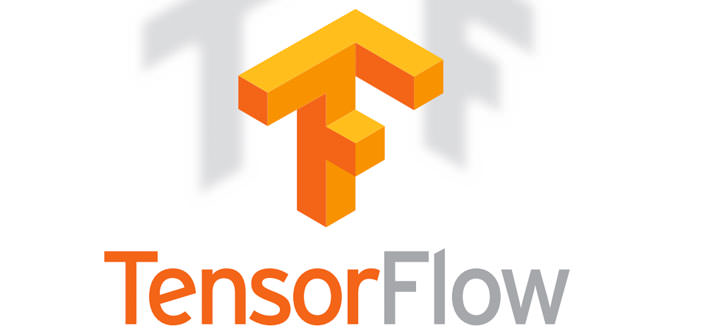TensorFlow, machine learning software of Google, is now open-source and can be used by third-party reality for many different purposes.
Machine learning, two words that in dystopia most popular might be scary. Thus they are defined those algorithms that make a software able to learn from various dynamics of use, even and especially in a passive manner. Artificial intelligence, in short, and Google is one of the companies, which aims to become more involved on the subject, offering one of the best available technologies in the consumer segment.
Large part of its technology is, from Monday, November 9, available publicly, and especially helpful for the developer community. Google has announced that its software machine learning is now the open source, pointing out the big strides made on the technology in recent years. The transition to the open-source is certainly not a new feature on Google, as in the past it did for many other disruptive.
For example with Android, the mobile operating system that has a huge slice of the global market. But TensorFlow, its machine learning software, is no exception. Many of the services offered by Big G are based on its algorithms, starting from Google Maps, Google Now through until you get to Google Translate, or certain features of Gmail. And now, a key part of these services is open-source.
TensorFlow is the latest version of the software and, according to announcements of the company, is five times faster than the previously used software for machine learning. With new performance insiders ” will try to make sense of large amounts of complex data, from protein folding to the processing of astronomical data, ” said Sundar Pichai, Google’s CEO, revealed the news.
” Just a couple of years ago you could not speak the Google if you were in a crowded place, you could not read a sign in Russian using Google Translate, or you could look for the picture of your dog on Google Photos, ” said the manager Big G. ” Our app were not smart enough. But in a short time have become much, much smarter. Now, thanks to machine learning can do those things, and more, to a very simple “.
Google will release initially a version able to be performed on a single machine, but in the future will release a version for smartphones or to be used on several computers in parallel, for example in a data center.

